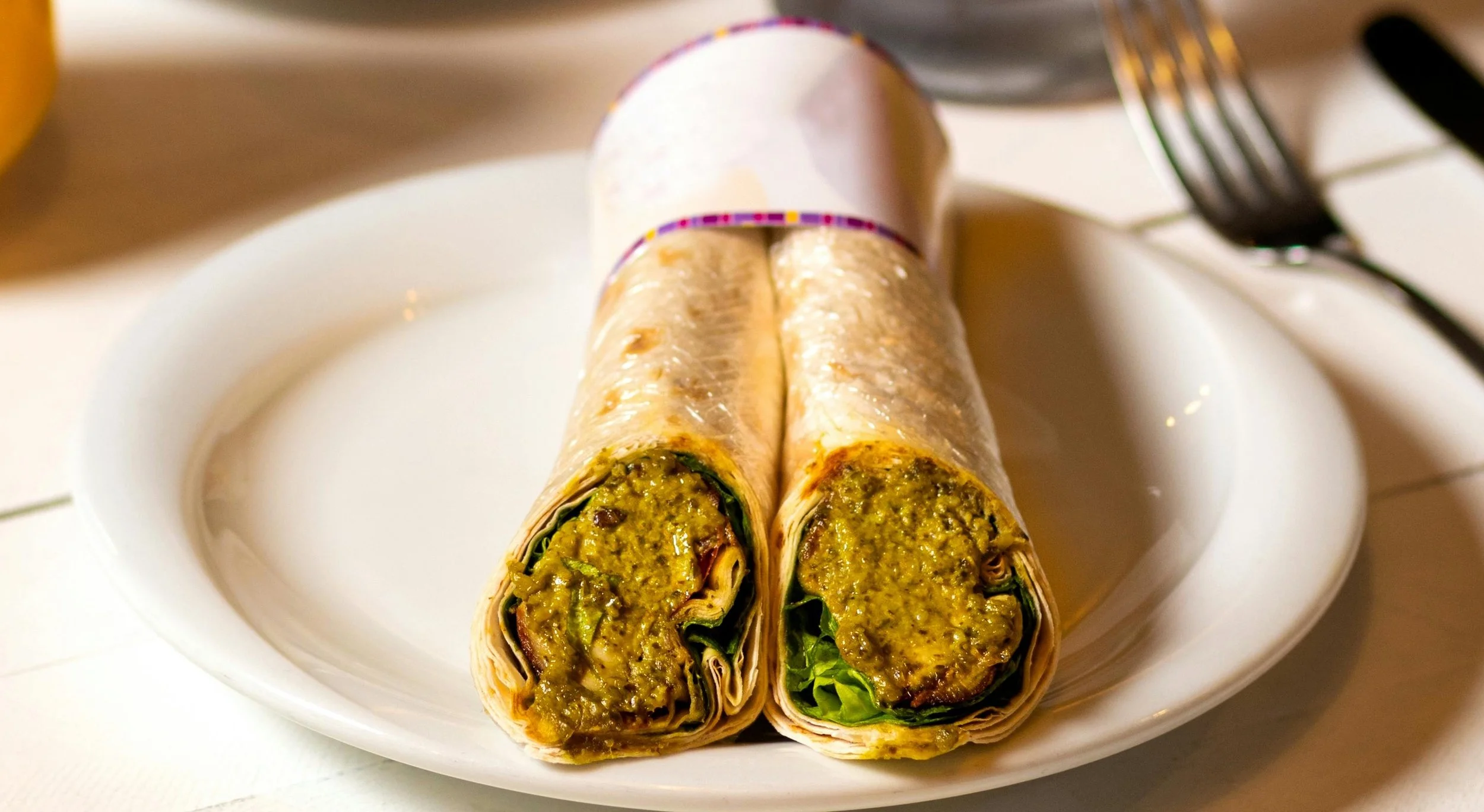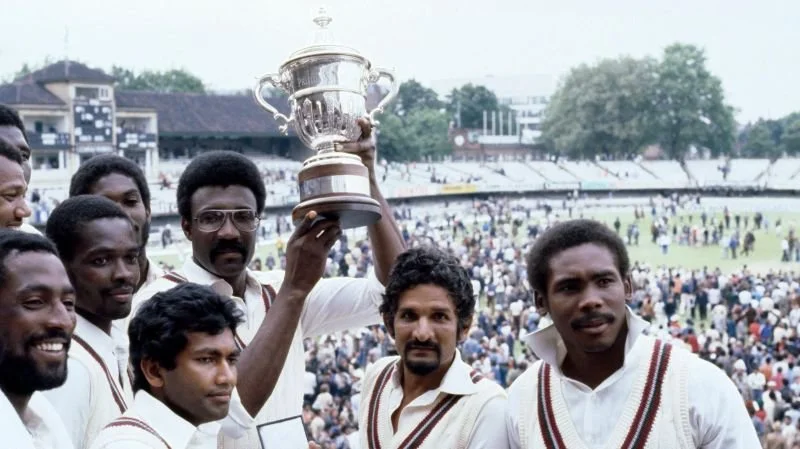Rolypolys
“Soon we were in the dimly lit back streets of Whitechapel, deep in Jack the Ripper territory.”
I discovered Rolypolys when I was 12 years old. I was with my best pal’s—Nisar and Zain. I thought they were the luckiest kids in the world because their parents ran a sweet shop on Gillespie Road, and they lived in the house next door that backed onto Highbury, Arsenal’s old stadium in north London.
I was laughing at the brothers arguing over the carcass of a sad roasted chicken in their tiny fridge, when the kitchen door slid open and their dad appeared sporting a mischievous grin. Nas was a small, soft-spoken man with twinkling hazel eyes. He wore a sharp, grey, three-piece suit and had an uncanny resemblance to Omar Sharif. He was the first dad I’d ever seen greet his teenage sons with a gentle kiss on the cheek.
“You want to come for a drive, darlings?”
He asked. I loved the way he called them “darlings,” my dad always addressed me as boy. Zain and Nisar looked at me.
“You coming?” Nisar asked.
“Where are we going? Will we be back late?”
“No, plenty of time, you’ll see. Secret mission!” Nas replied, opening the door to his fancy Volvo.
As we headed east, Nisar and Zain began to smile.
“Rolypolys! Yes!” They said in unison, rubbing their bellies.
“What are Rolypolys?”
“Ahh. That’s the mission!” Said Nas, grinning into the rear mirror.
“deep in Jack the Ripper territory.”
Soon we were in the dimly lit back streets of Whitechapel, deep in Jack the Ripper territory. As we turned onto Hessel Street, a thick fog drifted across the narrow lane. The windows steamed up. Droplets of rain settled on the pavement as I wiped away the moisture. Nisar dug me in the rib.
“We’re here!”
Nas pulled over outside a tiny hole-in-the-wall cafe with a pale yellow neon sign that read Kababs. He jumped out of the car and disappeared inside. Fifteen minutes later he returned carrying a bag that gave off a tantalizing aroma of Bengali spice and sent a wave of hunger around the car.
“Zain, darling, take one to share so Roger can try it hot.”
Zain dived into the bag and soon I took my first heavenly bite of a spicy, minced-lamb kebab topped with raita and onions, wrapped in a warm chapati. The soft wheat chapati pre-empted a brilliantly bright interior of yoghurt, mint, onions and a magnificent mouthful of crisp grilled lamb kebab which brimmed with ginger, paprika, coriander, garlic, chili and cumin, all perfectly rolled and tight enough for a firm bite that bounced back to form the perfect mouthful.
These were not pigs in blankets or sausage rolls, but endless taste sensations of the deepest culinary experience I’d ever had. I was transported to the Khyber Pass where toothless boys fanned charcoal while their equally toothless fathers smiled and squeezed sublime ground lamb around wooden skewers, sprayed it with ghee then flung it atop blazing embers of charcoal to be devoured by local herdsmen.
I’d forgotten all about that sensation until about eight years ago when I was in London for an extended stay to help Mum with her loft issues. One evening I found myself at the Arsenal Tavern playing pool with a cocky Punjabi man from the east end named Dave. We bantered as he beat me, and by the end of the night, we’d become pals. Talking to Dave somehow reminded me of Rolypolys and I asked him if he knew whether the place on Hessel Street still existed.
“Nah, don’t go to f***ing ‘Essel Street. Go to the Lahore Kebab House, Commercial Road! Pakistani food, done proper. Best in London!”
”Okay, but is the place on Hessel Street still there?”
”Don’t ask questions! Lahore’s got kebabs, curries, everyfin! Just go there!”
And with that, he disappeared into the night.
A week later, under ominous grey skies, I drove through the bustling streets around Spitalfields Market that were teeming with bright new juice bars, sizzling food trucks and dainty craft shops, to arrive at the Lahore Kebab House for lunch with my wife and Mum. The restaurant was a large no-frills canteen with family style tables and nonchalant service from poker-faced waiters. Their glassed in kitchen had me licking my lips. I watched as expert chefs hand rolled kebabs on skewers and slipped them into clay ovens. Nearby cinnamon-hued lamb curries were ladled into battle-scarred metal bowls. Everyfin was being done proper!
I created my original Rolypoly with chapatis and sampled both the lamb and chicken kebabs. Both were spectacular, juicy, fresh and perfectly spiced. I’ve returned many times since trying the kebabs and while they will never quite match the magic of that atmospheric, secret mission to the land of Jack the Ripper, they always remind me of that wonderful night.
This trip was made even more memorable because, as I paid the bill, Mum realized we were on Commercial Road, the very road where the hospital I was born in once stood. At 80 years old, she suddenly transformed into a little child, her tear-filled eyes brimming with sentiment as she grasped my hand and begged that we make a pilgrimage to the old site.
Five minutes later, we stood outside the now-abandoned hospital wrapped in each other's arms while my wife wiped away a tear and captured the kodak moment. Mum was so overcome she could barely speak, lost in memories of her nine-day stay there after my birth. Her joy gave me a warm embrace and insight into how special it was for her (and the world in general) when I was born!
I had a chuckle at the fact that I’d come into this world a stone’s throw away from my, now favorite, Lahore Kebab House.
I’ve made the version of Rolypoly kebabs below with ground chicken and lamb many times, and they work great in an air fryer, shallow pan fried or under the grill/broiler. The key is getting the right amount of flavor and heat in the kebabs, (I always make a tiny tester to ensure this), making the perfect chapati and the yogurt mint raita sauce.
Serving Tip: Take one kebab, place in a chapati, add chopped onions and cilantro, and drizzle with raita, then roll tightly to make the perfect Rolypoly.
Have a try at this but if you’re in London, take a trip to the Lahore Kebab House. They got everyfin!
Lahore Kebab House. 2-10 Umberston Street, London E1 1PY
Ingredients for chicken/lamb seekh kebabs
1 lb lamb or chicken (minced)
½ tsp green chillies
½ tsp ginger
2 medium cloves garlic
2 tsp lemon or lime juice
1 tsp coriander powder
1 teaspoon chicken powder
1 tsp chilli powder
1 tsp cumin powder
1 tsp garam masala
½ tsp cardamom powder
3 tsp onion paste
½ cup fresh cilantro
1 tsp olive oil
½ tsp salt add to your taste
Method:
Blend or finely chop the ginger, garlic, green chilies, and cilantro - set aside.
Grate red onions (squeeze the moisture out in a kitchen towel or cheesecloth) and set them aside. Set lemon juice aside.
Add ground chicken/lamb to a large bowl. Add all the spices – salt, coriander powder, cumin powder, cardamom powder, red chili powder, chicken powder and garam masala.
Now add the remaining spices – ginger, garlic, green chilies, onion, cilantro leaves, and lemon juice.
Mix the ground lamb/chicken using a spoon (or your hands if you wish). Make sure everything is well combined. Add a tablespoon of olive oil to your hands and mix well. This will prevent the meat from sticking to your hands. Note: Make a mini kebab to test your seasoning and add more if needed.
Refrigerate for an hour to firm up.
Divide the meat into 8 equal balls.
Wet your hands and take a ball into the palm of your hands and roll it into a log shape and repeat 8 times.
You will have a total of 8 log-shaped chicken seekh kebabs.
Place on a greased grill pan and broil for 5-7 minutes then turn them over when brown and repeat until internal temperature is 165.
Or put them into an air fryer, spray with cooking oil and cook at 400F for 12 mins and turn at halfway mark or when brown.
Tips for Perfect Chapatis:
Use fresh, good-quality whole wheat flour for the best results.
Resting the dough is key to achieving soft chapatis.
Don’t overcook; chapatis should remain pliable, not crispy.
If your chapatis don’t puff up, don’t fret—they’ll still taste great!
Chapati Recipe
Ingredients:
2 cups whole wheat flour (atta)
1/4 teaspoon salt (optional)
3/4 cup warm water (adjust as needed)
1 tablespoon oil or ghee (optional, for softer chapatis)
Extra flour for rolling
Method:
Mixing the Dough
In a large mixing bowl, combine the whole wheat flour and salt (if using).
Gradually add the warm water, a little at a time, while mixing the flour with your hands or a spoon.
Once the mixture starts coming together, knead it into a soft, smooth dough. If it feels too sticky, sprinkle in a bit more flour; if it’s too dry, add a few drops of water.
Resting the Dough
Cover the dough with a damp cloth and let it rest for 20-30 minutes. This allows the gluten to develop, making the chapatis softer.
Shaping the Chapatis
Divide the dough into equal-sized balls (about the size of a golf ball).
Lightly flour your work surface and rolling pin. Flatten a dough ball, then roll it out into a thin, round disc (about 6-8 inches in diameter). Don't worry if it's not perfectly round—mine are normally square!
Cooking the Chapatis
Heat a tawa (flat griddle) or non-stick pan over medium-high heat until hot.
Place the rolled-out chapati on the hot pan. Cook for about 30 seconds or until you see bubbles form.
Flip the chapati using tongs or a spatula. Cook the other side for 30-40 seconds. Flip again, pressing lightly with a clean kitchen towel or spatula to encourage it to puff up.
Once it has light golden spots on both sides and is cooked through, remove it from the pan.
Keeping Chapatis Warm
Place the cooked chapati in a clean kitchen towel to keep warm and prevent it from drying out. Repeat the process with the remaining dough balls.
Raita Recipe
Ingredients:
1 cup plain yogurt (preferably full-fat)
1/4 teaspoon salt (adjust to taste)
1/4 teaspoon cardamom powder (optional)
1/4 teaspoon roasted cumin powder
1 small cucumber, finely chopped or grated
1 tablespoon fresh coriander leaves, chopped (for garnish)
Method:
Prepare the Ingredients
Peel and finely chop or grate the cucumber.
Whisk the Yogurt
In a mixing bowl, whisk the yogurt until it is smooth and creamy. Add a splash of water if you prefer a thinner consistency.
Season the Yogurt
Add the salt, roasted cumin powder, and cardamom (if using) to the yogurt. Mix well to combine.
Combine the Ingredients
Stir in the chopped cucumber. Mix everything thoroughly.
Garnish and Serve
Transfer the raita to a serving bowl. Garnish with freshly chopped coriander leaves and a sprinkle of roasted cumin powder for an aromatic touch.






“it’s gonna be great, a blinding footy bonanza!”